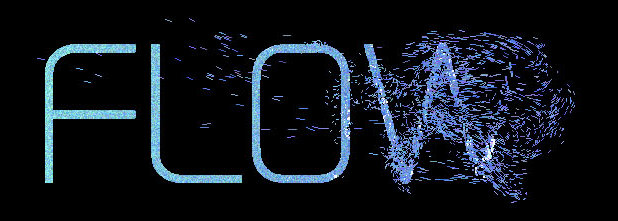G L A S S / F R E E F O R M A R C H I T E C T U R E C A R B O N P R E S E N T A T I O N S E S S I O N S
• Winter 2005/2006 •
• Summer 2005/2006 •
|
Reflexive architecture. While independent architecture deals with themes that challenge designers to concentrate on the virtual, reflexive architecture challenges architects to entirely redefine their attitude toward the virtual. Reflexive architecture, with its graphic aesthetics, disturbs what is slowly becoming a convention in digital processing-all those overly seductive and omnipresent smooth computer generated shapes. Such architecture creates a new contextualism, typical of which is a „space“ built up out of a set of „spaces“ that sustain each other. The reflexive form/approach introduces quite a broad range of new terminologies: transmodern, transvergence, fluidics, microfluidics, electroactive polymers or smart dust. Reflexive architecture is the next evolutionary step towards achieving architecture based on molecular nanotechnological principles. / » Miloš Florián: Reflexivní architektura & nanoarchitektura, p. 64-68. The magazine ERA 21 4/2005, ISSN 1801-089X / »»
٭/ Reflexive Architecture insists on true invention. Executed as beautifully wrought graphics the imaginings contained here transpire to be as rigorous as they are idiosyncratic. Specific about their placement between the realms or the virtual and the actual, the projects often require the writing of their own scripts or narratives: specifying their sites, the spaces they embroider and their integration into particular ecologies.
At a time when architecture has come to be perceived of as permissive and inclusive, Reflexive Architecture is a wake up call. It renders much of what is supposed to be experimental ordinary, in terms of it is aesthetic and it is philosophy /often towing a line or an insinuated academic affiliation/. With it is energetic and often spiky graphic aesthetic, the Reflexive lifts the soporific cover on what is fast becoming convention in the treatment of the digital-those all-too alluring and pervasively smooth computer-generated forms. In sum, Spiller is once again operating in the hinterland, asking what is only just permissible. Previously concerned in his cyberspace titles with challenging architects to engage with the virtual, here he is asking them to consider the reflexive thus completely redefining their engagement with the virtual. / » Helen Castle: Editorial, p. 4. The magazine Architectural Design Vol 72 No 3 May 2002, ISBN 0-47084332-2 / »» |
|
|

